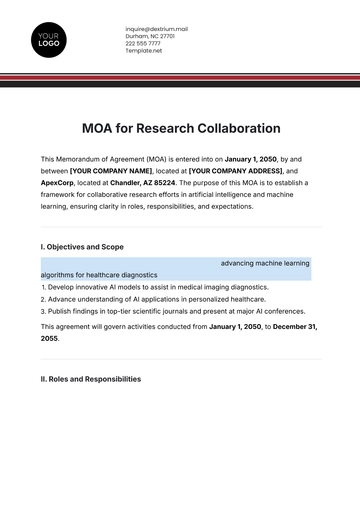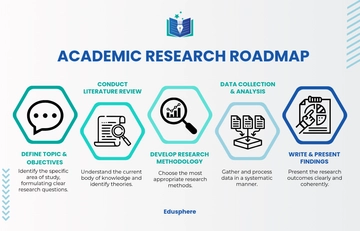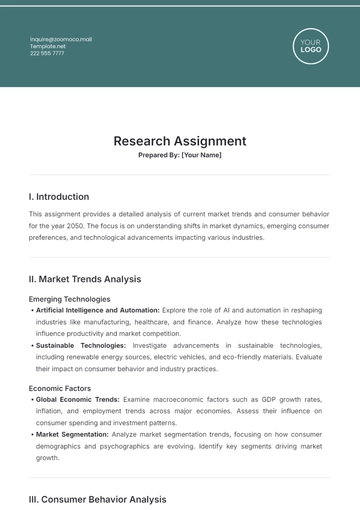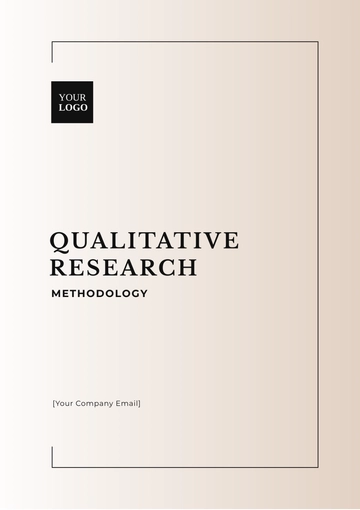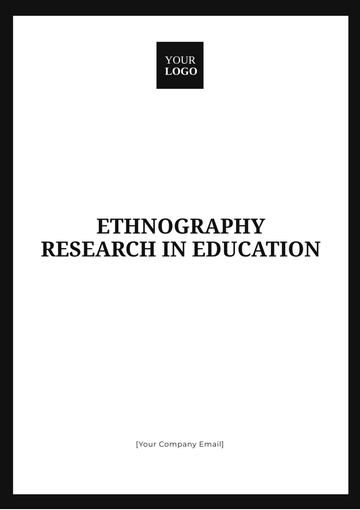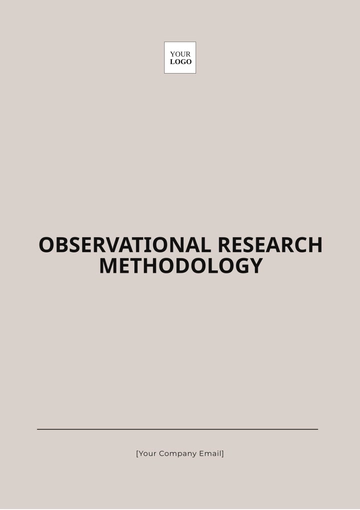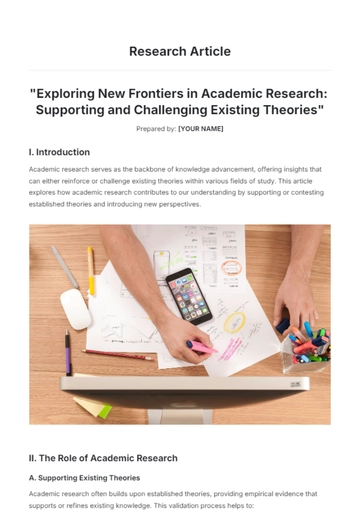Free Social Academic Research
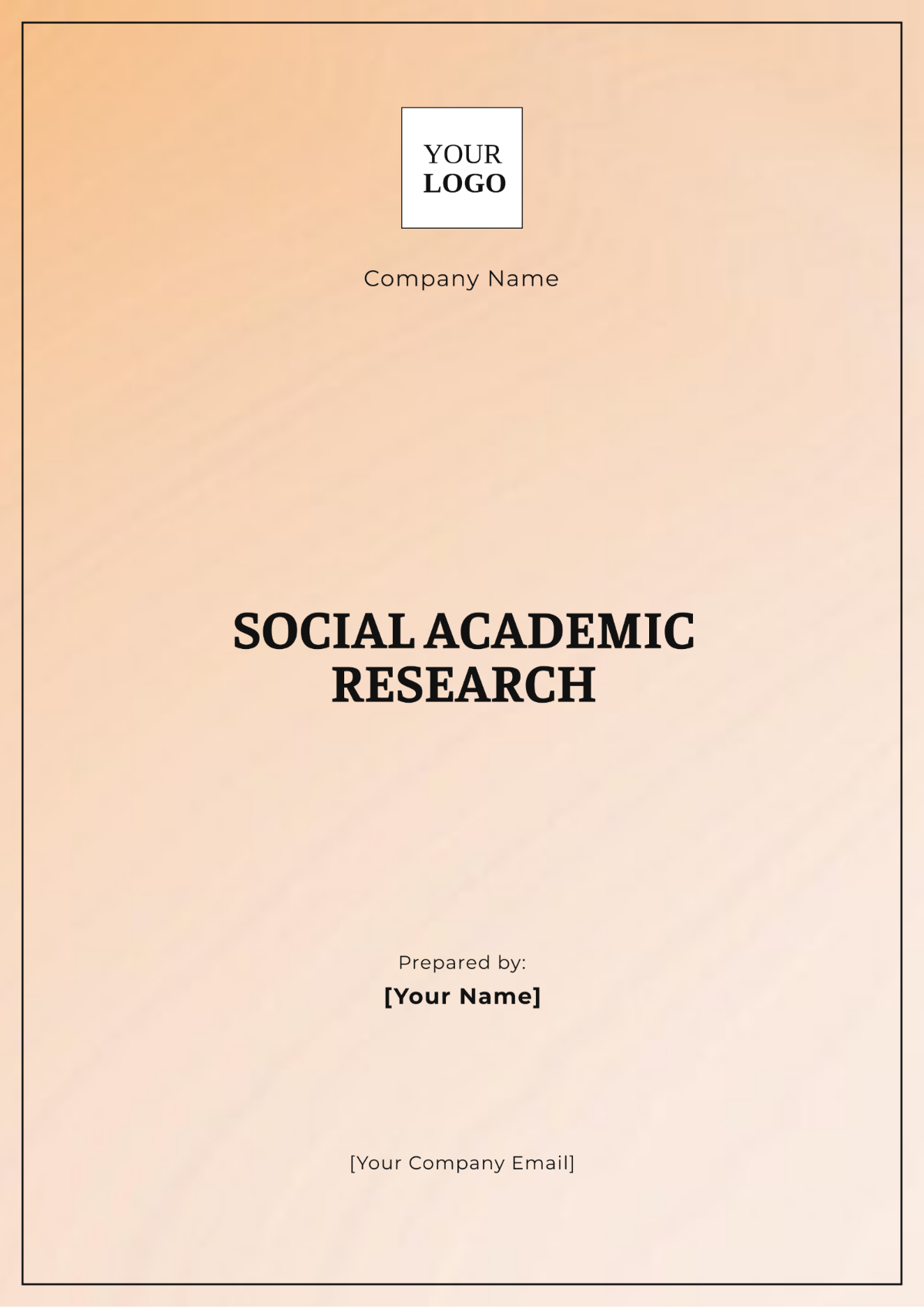
Researchers: | [Your Name] and John Smith |
I. Introduction
As academic researchers in 2054, our goal is to investigate various social phenomena, behaviors, and issues using systematic and scientific methodologies. Our research aims to generate new knowledge, inform policy, enhance educational practices, and contribute to theoretical and practical understandings of social dynamics and structures, particularly in rural communities and traditional crafts.
II. Literature Review
A. Overview of Existing Research
We conducted a comprehensive review of existing literature on social dynamics, behaviors, and patterns, specifically focusing on rural communities and traditional crafts. Significant findings include the persistence of traditional values, the role of community leaders, and the impact of globalization on local cultures.
B. Theoretical Frameworks
Our discussion includes key theoretical frameworks that guide social academic research, such as social constructivism, symbolic interactionism, and structural functionalism. These frameworks help us understand how social realities are constructed, how individuals interact within their communities, and how social institutions function.
C. Research Gaps
We identified several gaps within the current literature:
Limited studies on the impact of technological advancements on traditional crafts.
A need for more research on social cohesion within rural communities.
Insufficient data on the intergenerational transmission of traditional knowledge.
III. Methodology
A. Research Design
We employed a mixed-methods research design to capture both qualitative and quantitative aspects of social phenomena in rural communities and traditional crafts.
B. Data Collection
Our data collection methods included:
Surveys: Distributed to rural households to gather quantitative data on social behaviors and demographics.
Interviews: Conducted with community leaders and artisans to collect qualitative insights into traditional practices.
Observations: Participatory observations during local festivals and craft workshops to understand community dynamics.
Secondary Data Analysis: Analyzed historical records and previous studies on rural communities.
C. Data Analysis
We utilized statistical methods for quantitative data, such as regression analysis and factor analysis, and coding techniques for qualitative data to identify recurring themes and patterns.
IV. Results
Variable | Description | Findings |
|---|---|---|
Demographic Factors | Age, gender, occupation, education | Significant variations observed in social behavior based on demographic factors, with older generations showing stronger adherence to traditional practices. |
Social Behaviors | Community participation, social interactions | High levels of community participation correlated with positive social outcomes, such as increased social cohesion and support networks. |
Institutional Impact | Influence of local institutions | Strong impact of educational and religious institutions on social behavior and attitudes, promoting community values and cultural preservation. |
Globalization Effects | Impact of global influences | Mixed effects of globalization, including both the erosion of some traditional practices and the revitalization of others through new market opportunities. |
Intergenerational Knowledge | Transmission of traditional crafts | High rate of intergenerational knowledge transfer in families deeply rooted in traditional crafts, though challenged by younger generations seeking modern careers. |
V. Discussion
Topic | Interpretation | Implications |
|---|---|---|
Demographic Influences | Different social behaviors are based on age, gender, and occupation, with older adults more engaged in traditional practices. | Tailored social programs are needed to address diverse demographic groups and ensure the sustainability of traditional crafts. |
Community Participation | Positive correlation with social outcomes, indicating the importance of community events and networks. | Encouraging community engagement can improve overall social well-being and help preserve cultural heritage. |
Role of Educational Institutions | Significant influence on social attitudes and behaviors, fostering a sense of community and cultural identity. | Enhancing educational curricula to include local history and traditional practices can strengthen cultural continuity. |
Globalization Impact | Global influences lead to both challenges and opportunities for traditional crafts. | Policies to support local artisans in accessing global markets while preserving cultural integrity are essential. |
Intergenerational Knowledge Transfer | Essential for preserving traditional crafts, but facing challenges due to modern career aspirations. | Initiatives to make traditional crafts appealing to younger generations, such as integrating technology in a culturally respectful manner. |
VI. Conclusion
A. Summary of Key Findings
Our research in 2054 highlights the importance of demographic factors, community participation, educational institutions, and the nuanced effects of globalization in shaping social behaviors and attitudes in rural communities and traditional crafts. We found that older generations play a crucial role in maintaining traditional practices, while educational and religious institutions help foster community values.
B. Limitations
We acknowledge the study's limitations, including the geographic scope limited to specific rural areas, potential biases in data collection methods, and the challenges of generalizing findings to other regions.
C. Future Research
We recommend future research to address the following areas:
Expanding the geographic scope to include diverse rural communities globally.
Investigating the long-term impacts of globalization on traditional practices.
Exploring innovative ways to engage younger generations in preserving cultural heritage.
Assessing the role of government policies in supporting rural communities and traditional crafts.
- 100% Customizable, free editor
- Access 1 Million+ Templates, photo’s & graphics
- Download or share as a template
- Click and replace photos, graphics, text, backgrounds
- Resize, crop, AI write & more
- Access advanced editor
Enhance your academic research with the Social Academic Research Template from Template.net. This template offers a comprehensive and customizable layout designed for social studies. Easily adapt it to your needs with our editable features. The template is fully editable in our Ai Editor Tool, allowing for a seamless editing experience. Streamline your research process and present your findings effectively











